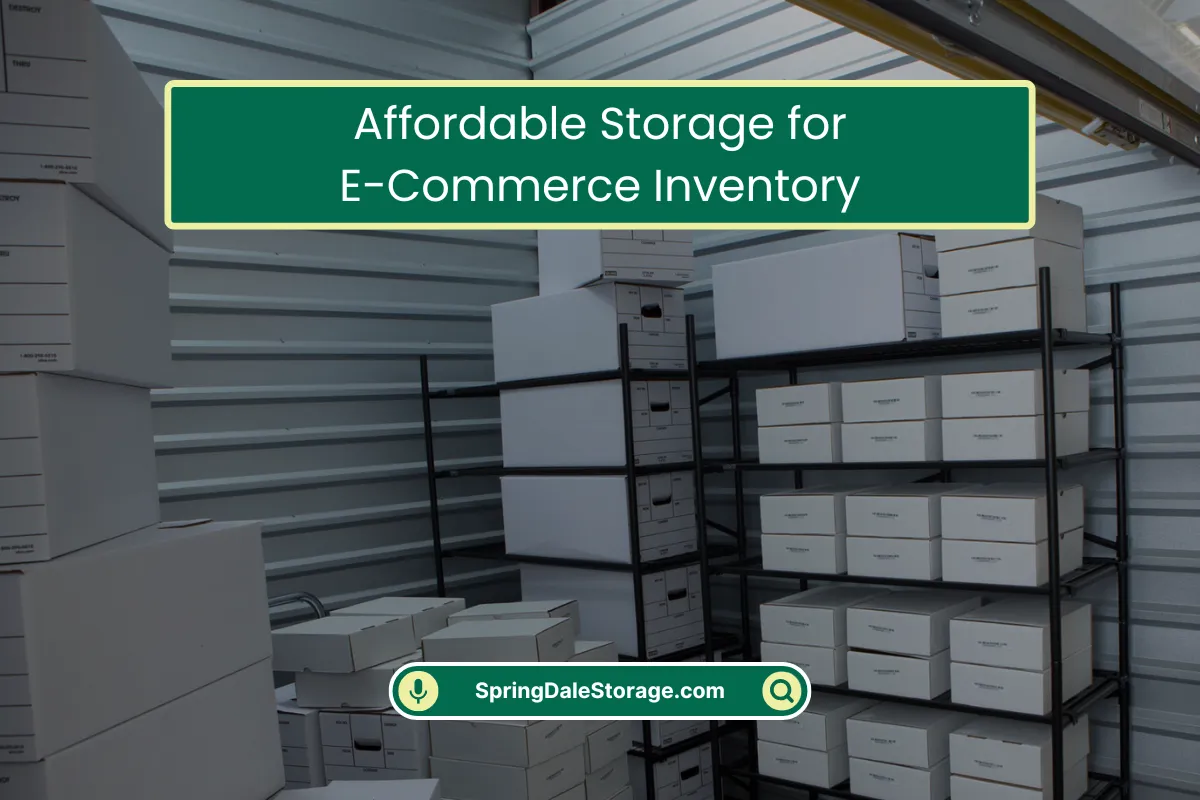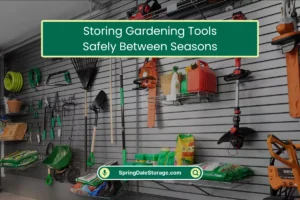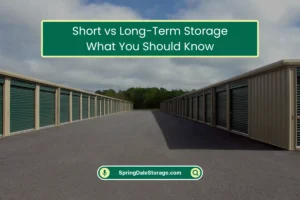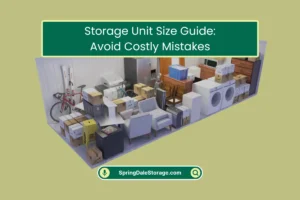Let’s cut to the chase—if you’re selling online, you’ve probably tripped over a pile of inventory at least once. I know I have. Storage isn’t the glamorous part of running an e-commerce business, but screw it up, and suddenly you’re losing sales, wasting time, and turning your living room into a warehouse.
I’ve been there. Boxes stacked to the ceiling, digging through piles to find that one product a customer just ordered, realizing too late that half your stock got ruined because you stored it in a damp garage. Not fun.
So let’s talk real solutions—no corporate jargon, no fluff. Just straight-up advice from someone who’s made the mistakes so you don’t have to.
Why Your Storage Setup is Killing Your Business?
You might think, “It’s just storage—how hard can it be?” But bad storage habits cost you in ways you don’t even realize:
- Lost sales – Can’t find an item? Now you’re refunding an angry customer.
- Wasted time – Spending an hour hunting down a single product means less time for marketing, sourcing, or actually growing your business.
- Damaged goods – That vintage dress you stored in a cardboard box? Now it smells like mildew. Congrats.
- No room to scale – Your business is growing, but your spare bedroom isn’t. Now what?
If this sounds familiar, keep reading—because fixing your storage setup is one of the easiest ways to save money and sanity.
How to Organize Inventory Without Losing Your Mind?
1. Ditch the “Pile It Anywhere” Method
I used to throw boxes wherever they fit. Big mistake. Now I sort everything into categories:
- Fast sellers up front (so I can grab and ship fast).
- Bulky items on the bottom (no more crushed boxes).
- Fragile stuff in clear bins (so I don’t have to dig).
Pro tip: If you’re working out of your house, at least get some cheap metal shelves. Your back will thank you.
2. Label Like a Psycho
I’m not kidding—label everything.
- Use a cheap label maker (or even masking tape and a Sharpie).
- Write the product name, SKU, and where it’s stored (e.g., “Shelf 3, Bin A”).
- If you’re fancy, use barcodes and a scanner app.
This takes 10 extra seconds per item but saves hours of frustration later.
3. Track Your Stock (Or Pay the Price)
I once sold 15 units of something I only had 10 of. Whoops. Now I use:
- Google Sheets (free and simple).
- Inventory software (like Zoho or TradeGecko if you’re serious).
- Regular physical counts (because tech glitches happen).
Don’t be like past-me. Track your stuff.
The Storage Mistakes You’re Probably Making
1. Using Your Home as a Warehouse
Look, I get it—renting storage feels like an extra cost. But when your dining table is buried under Amazon FBA shipments, it’s time to admit defeat.
Our storage units are cheaper than you think, and way better than turning your house into a chaotic fulfillment center.
2. Ignoring Temperature & Humidity
Ever opened a box to find warped books or moldy clothes? Yeah, me too. If you sell:
- Clothing → Keep it dry.
- Electronics → Avoid extreme heat/cold.
- Paper goods → No basements (trust me).
If your garage or attic isn’t climate-controlled, your inventory is at risk.
3. Cheap Packaging = Damaged Products
That flimsy cardboard box from the grocery store? It won’t protect your stock. Spend a little extra on:
- Plastic bins for long-term storage space.
- Bubble wrap for fragile items.
- Pallets if you’ve got heavy boxes.
Your future self (and your customers) will thank you.
When to Move to Professional Storage
Here’s the truth: If you’re serious about scaling, home storage facility won’t cut it forever. Consider moving out when:
- You’re constantly out of space (and your family is complaining).
- You’re losing track of inventory (too many “I swear I had one left!” moments).
- You need better security (because storing $10K worth of merch in your garage is risky).
Our storage units are built for small biz owners—affordable, clean, and secure. No more tripping over stock in your hallway.
Final Advice: Stop Overcomplicating It
Storage isn’t rocket science, but it does need a system. Start small:
- Sort your inventory (by category, size, or demand).
- Label everything (seriously, just do it).
- Track your stock (so you don’t oversell).
- Upgrade when needed (before your spouse kicks your boxes to the curb).
And if you’re drowning in inventory? We’ve got business storage solutions that won’t break the bank. Because running a business is hard enough—your storage shouldn’t be.













0 Comments